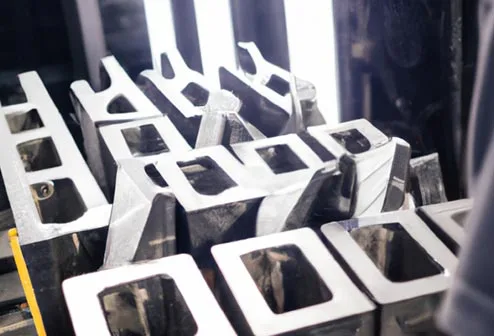Have you ever imagined transforming a raw piece of stainless steel into a shining masterpiece? When we say something is "polished", we are describing a transformation from a rough and lackluster state into one of gleaming perfection. To truly appreciate the wonders of polished finishes, we must first decipher how to define polished.
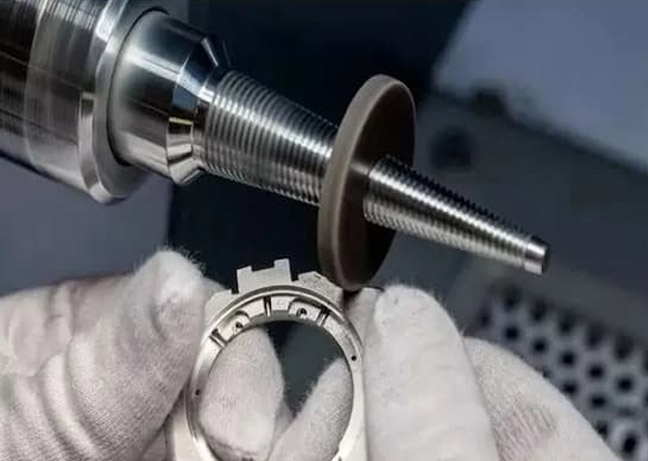
Polishing is the meticulous process of making something smooth and shiny by rubbing or brushing it with a tool or substance. It is the work of refining and enhancing the surface of an object, transforming it from a rough and dull state into a glossy and pristine one. Therefore, the term "polished" is used to describe an object that has undergone this process, resulting in a smooth, shiny, and flawless appearance.
Another term "polished finish", also known as surface finish or surface roughness, is another term that is always mentioned when we define polishing. The polished finish is a measure of the texture and quality of a surface. A smoother surface has a lower surface roughness value, while a rougher surface has a higher value. Surface finish affects the appearance, performance, durability, and corrosion resistance of the material or part.
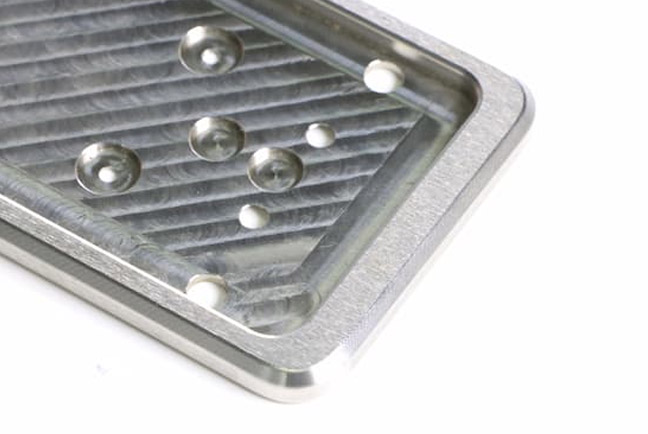
The typical process of polishing can be outlined as follows.
1. Preparation
The preparation stage involves the meticulous cleaning and degreasing of the material or component. The objective is to eliminate any traces of dirt, oil, grease, or other contaminants that could potentially compromise the quality and efficiency of the polishing process.
Preparation can encompass various techniques, including the use of solvents, detergents, ultrasonic cleaning baths, or other specialized methods.
2. Pre-polishing
This pre-polishing stage focuses on the removal of defects such as scratches, dents, burrs, or cracks. To achieve this, abrasive materials come into play, including sandpaper, files, or grinding wheels.
3. Polishing
The polishing options include mechanical polishing, chemical polishing, electrochemical polishing, or electropolishing, each offering distinct advantages depending on the specific material and desired finish to define polish up. More details will be provided in the latter sections. The key objective remains consistent: to create a surface that is not only smooth but also possesses a lustrous sheen.
4. Post-polishing
Once the polishing is complete, it's essential to subject the material or component to rigorous post-polishing scrutiny. This phase involves a comprehensive inspection and testing regimen to verify that the surface meets the stringent specifications and quality standards set for the project. It also provides an opportunity to identify and rectify any imperfections that may have been overlooked during the earlier stages of the polish process.
In some cases, post-polishing may also include the application of protective coatings or treatments to enhance the material's durability and corrosion resistance, ensuring that the desired finish remains intact over time.
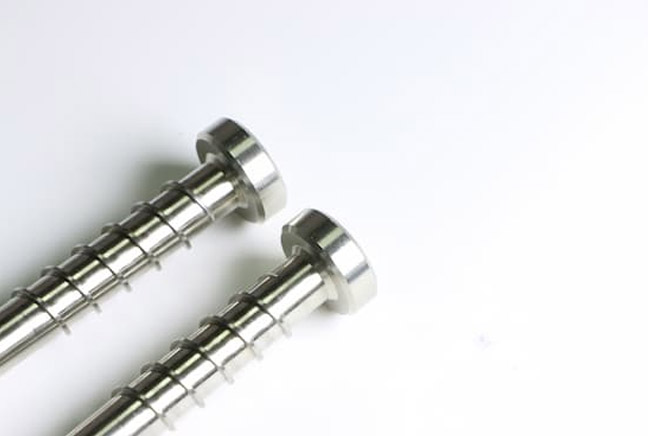
Polishing is not a one-size-fits-all procedure. Different materials require distinct types of polishing. For instance, when dealing with metals like stainless steel, the process involves abrasive compounds and buffing wheels. Conversely, natural stones like granite and marble call for a different set of tools and techniques. Besides materials, polishing can be done by various methods, depending on the type and shape of the material or part, the desired level of smoothness and glossiness, and the cost and time constraints.
Here are some of the common polishing methods used in the machining industry:
1. Mechanical Polishing
Mechanical polishing is a versatile method used in the machining industry. It involves the use of abrasive materials like sandpaper, polishing pads, or polishing wheels to physically rub or grind the surface of the material or part. It's an ideal choice for metals like stainless steel. This action effectively removes surface irregularities, creating a smooth and shiny finish. Mechanical polishing can be carried out manually by skilled artisans or with the assistance of specialized machines, depending on the scale and precision required for the project.
2. Chemical Polishing
Chemical polishing takes a different approach, relying on chemical solutions such as acids, bases, or salts to dissolve or etch the surface of the material or part. The chemical solutions work by selectively removing surface irregularities while leaving the rest of the material untouched. This method is particularly effective in creating a smooth and glossy surface. It's a preferred method for treating materials like natural stones (e.g., granite and marble), where achieving an exquisite finish is essential.
3. Electrochemical Polishing
Electrochemical polishing harnesses the power of electricity and chemistry to achieve precision polishing results. This method involves immersing the material or part in an electrolytic solution where the material or part serves as the anode (positive electrode), while another metal acts as the cathode (negative electrode). An electric current flows through the solution, causing the anode to dissolve or oxidize at a faster rate than the cathode. Electrochemical polishing can be applied by submerging the material or part in the electrolytic solution, making it suitable for intricate components that require precision finishing.
4. Electropolishing
A close relative of electrochemical polishing, electropolishing is using higher voltage and lower current to do the polishing job. This approach creates a more uniform and controlled dissolution of the material or part. As a result, electropolishing also produces a smooth and glossy surface, making it ideal for applications where a superior level of finish is desired. It's often chosen for materials that demand the highest standards of quality and aesthetics.
The appeal of polished finishes is not only for aesthetic purposes. Here are some key benefits.
Enhanced Durability: Polished surfaces are less prone to wear and tear, making them more durable and long-lasting.
Improved Hygiene: In settings like healthcare and food service, polished surfaces are easier to clean and maintain, promoting better hygiene.
Increased Resale Value: Homes and vehicles with polished finishes often command higher resale values due to their superior appearance.
Corrosion Resistance: In the case of metals, polishing can enhance corrosion resistance, prolonging the material's lifespan.
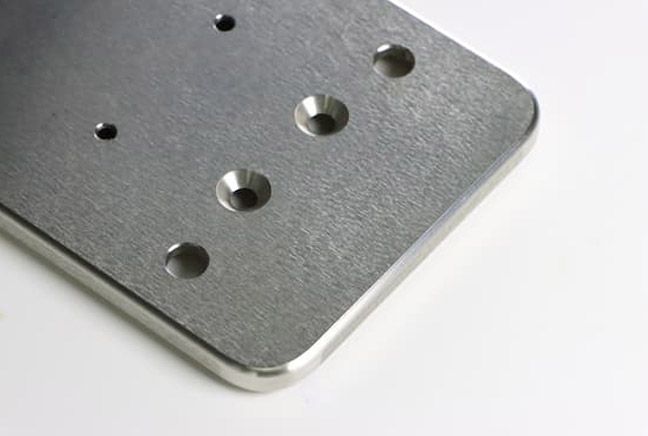
Polished finishes find applications in a wide array of industries and sectors.
Interior Design: From marble floors to wooden furniture, the polished finishes bring an air of sophistication and elegance to residential and commercial spaces.
Automotive: A car polished finish not only enhances the vehicle's aesthetics but also improves its aerodynamics by reducing drag.
Jewelry: Precious metals and gemstones are meticulously polished to create stunning jewelry pieces that sparkle and capture the eye.
Medical: Medical devices and instruments are polished to ensure hygiene, sterility, and biocompatibility. Polished finishes also prevent the accumulation of bacteria, blood, or tissue on the device or instrument surface.
Optical: Optical lenses, mirrors, prisms, and other components are polished to improve their optical performance and quality.
If you are seeking a dependable and professional CNC machining manufacturer that understands the significance of polished finishes across these diverse industries, look no further than Richconn.
Richconn specializes in the research, development, and production of custom CNC machining services tailored to various sectors, including automotive, medical, aerospace, and optical. Richconn's commitment to quality is reflected in its ability to provide high-quality polished finishes, offering numerous benefits. These benefits include enhanced durability, improved hygiene, energy efficiency, increased resale value, and corrosion resistance.
If you have any inquiries regarding polished finishes, click here for assistance
↓↓↓
Polished finishes through meticulous processes such as mechanical polishing, chemical polishing, and electropolishing, surfaces are meticulously refined to achieve unparalleled smoothness and sheen. The benefits of polished finishes are far-reaching, encompassing enhanced durability, improved hygiene, increased resale value, and corrosion resistance. For those seeking a partner in the realization of polished finishes, Richconn stands as a reliable and professional CNC machining manufacturer, ready to elevate products to new levels of quality and visual appeal.
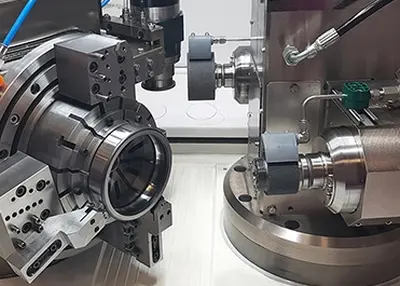 CNC Machining Aerospace Parts Need to Know 8 Points of MattersOctober 25, 2023CNC machining is one of the most widely used manufacturing methods in the aerospace industry. While you probably know at least a little about it, here are 8 things you need to know when CNC machining aerospace parts.view
CNC Machining Aerospace Parts Need to Know 8 Points of MattersOctober 25, 2023CNC machining is one of the most widely used manufacturing methods in the aerospace industry. While you probably know at least a little about it, here are 8 things you need to know when CNC machining aerospace parts.view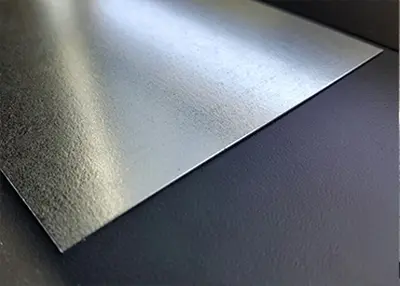 Richconn: Secondary ServicesOctober 12, 2023Many of our customers order parts that come ready-made from plastic injection molding or CNC machining. Many others, however, want or need "secondary machining" of the parts so produced.view
Richconn: Secondary ServicesOctober 12, 2023Many of our customers order parts that come ready-made from plastic injection molding or CNC machining. Many others, however, want or need "secondary machining" of the parts so produced.view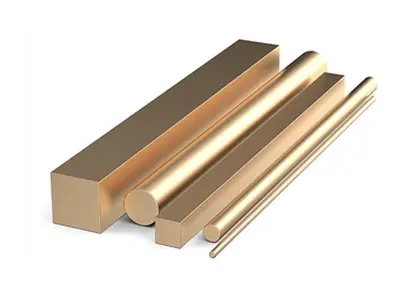 What Kind of Common CNC Metal Machining Technology Do You Know?August 10, 20221. CNC metal machining technology: selective laser meltingIn a tank filled with metal powder, a computer-controlled high-power carbon dioxide laser selectively sweeps the surface of the metal powder. ...view
What Kind of Common CNC Metal Machining Technology Do You Know?August 10, 20221. CNC metal machining technology: selective laser meltingIn a tank filled with metal powder, a computer-controlled high-power carbon dioxide laser selectively sweeps the surface of the metal powder. ...view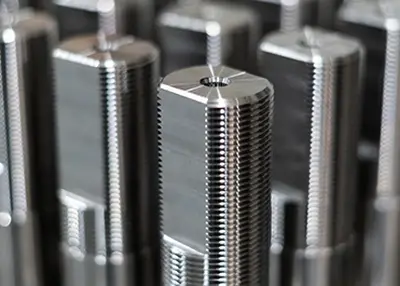 Why is Titanium Alloy a Difficult Material to Process?October 23, 2023Why do we think titanium alloy is a kind of difficult to machine material? Because of the lack of deep understanding of the processing mechanism and phenomena. However, the material characteristics of titanium alloys make it a challenge for many precision machine shop, and many engineers are searching for suitable solutions for this material. At Richconn, we have a wealth of experience in titanium CNC machining, choose our titanium CNC machining service, we can do it to your satisfaction.view
Why is Titanium Alloy a Difficult Material to Process?October 23, 2023Why do we think titanium alloy is a kind of difficult to machine material? Because of the lack of deep understanding of the processing mechanism and phenomena. However, the material characteristics of titanium alloys make it a challenge for many precision machine shop, and many engineers are searching for suitable solutions for this material. At Richconn, we have a wealth of experience in titanium CNC machining, choose our titanium CNC machining service, we can do it to your satisfaction.view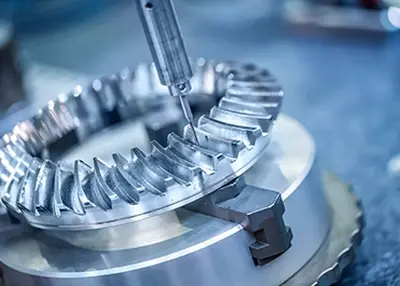 Three Things You Need to Know About CNC Machining in the Energy IndustryOctober 25, 2023Before the Industrial Revolution, human beings didn't have much need for energy. For example, we were happy to use the sun's energy to heat our homes, horses for transportation, wind power to sail around the world, and water to power simple machines that ground grain.17 In the 1980s, everything changed with the rapid growth of steam-powered electric power plants, most of whose components were manufactured using high-speed machine tools.view
Three Things You Need to Know About CNC Machining in the Energy IndustryOctober 25, 2023Before the Industrial Revolution, human beings didn't have much need for energy. For example, we were happy to use the sun's energy to heat our homes, horses for transportation, wind power to sail around the world, and water to power simple machines that ground grain.17 In the 1980s, everything changed with the rapid growth of steam-powered electric power plants, most of whose components were manufactured using high-speed machine tools.view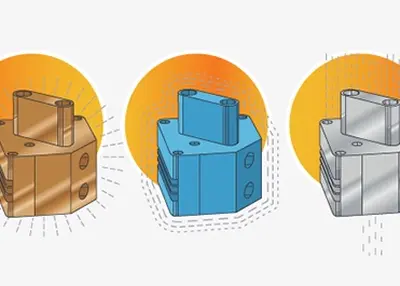 Narrowing Down Material Options For CNC Machining.October 17, 2023Choice is good. In most cases, the greater the selection, the greater the chance of finding just the right thing. But a large selection also means that finding the perfect material becomes more complicated.view
Narrowing Down Material Options For CNC Machining.October 17, 2023Choice is good. In most cases, the greater the selection, the greater the chance of finding just the right thing. But a large selection also means that finding the perfect material becomes more complicated.view
 EN
EN
 ru
ru 

